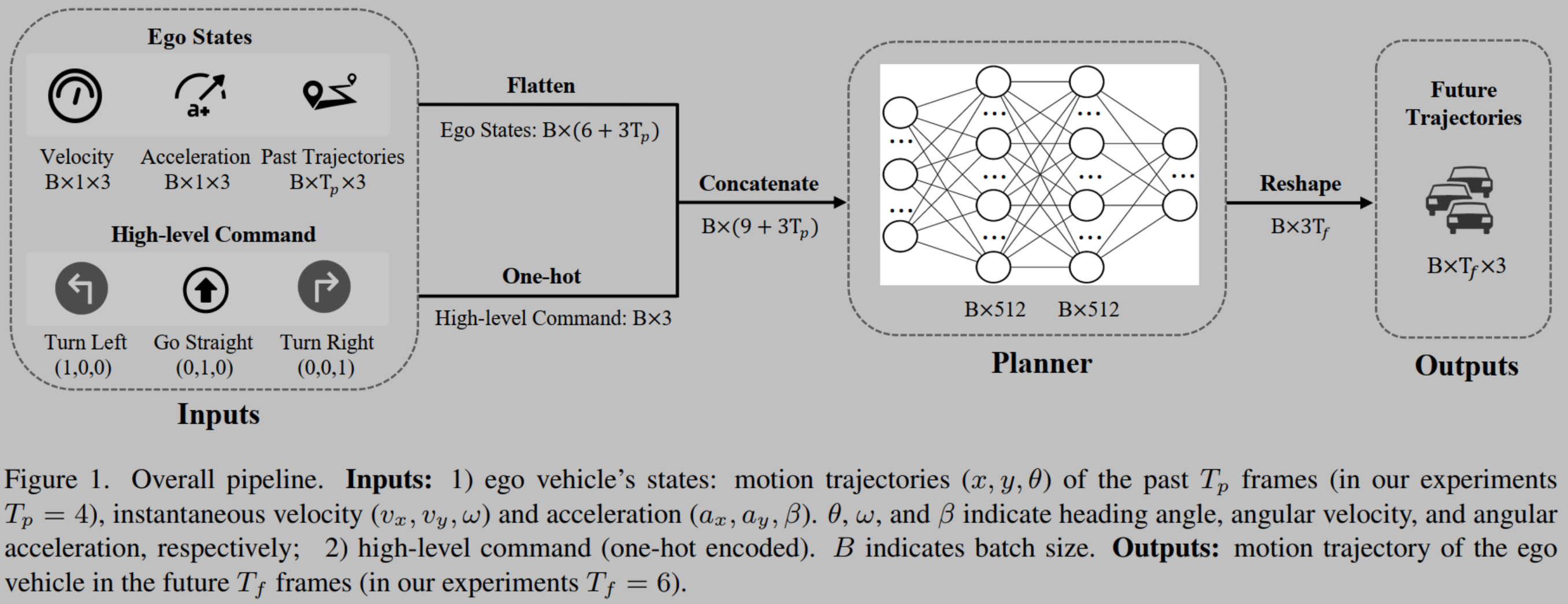用Python计算栅格数据的真实面积
在地理空间分析中,栅格数据的像素值通常代表某种属性,比如土地利用比例、植被覆盖率等。这些数据往往基于经纬度网格表示的比例值,而为了更直观地理解这些数据的空间意义,我们需要将这些比例值转化为实际面积(如平方米或公顷)。
对于高分辨率的大尺寸栅格文件(GeoTIFF),一次性加载整个文件会耗费大量内存,甚至导致处理失败。为了解决这个问题,我们可以通过分块处理 的方式,逐步计算像素的真实面积,确保即使是大文件也能顺利处理。
一. 应用场景
该方法尤其适用于以下场景:
1. 比例值栅格数据:
当栅格像素值表示某个区域的比例(例如森林覆盖率)时,通过面积计算,可以得出真实的覆盖面积。
2. 土地利用分析:
计算农田、草地、建筑用地等各类土地利用类型的真实面积。
3. 遥感影像处理:
在遥感影像中将像素值的属性映射到真实的地理空间。
二.代码实现
import sys
import os
import rasterio
import numpy as np
from glob import globdef haversine(coord1, coord2):"""Calculate the great circle distance in kilometers between two pointson the earth (specified in decimal degrees, with coordinates in the order of longitude, latitude).Arguments:coord1 -- tuple containing the longitude and latitude of the first point (lon1, lat1)coord2 -- tuple containing the longitude and latitude of the second point (lon2, lat2)Returns:distance in kilometers."""# Extract longitude and latitude, then convert from decimal degrees to radianslon1, lat1 = np.radians(coord1)lon2, lat2 = np.radians(coord2)# Haversine formuladlat = abs(lat2 - lat1)dlon = abs(lon2 - lon1)a = np.sin(dlat / 2) ** 2 + np.cos(lat1) * np.cos(lat2) * np.sin(dlon / 2) ** 2c = 2 * np.arcsin(np.sqrt(a))r = 6371 # Radius of earth in kilometers. Use 3956 for milesreturn c * r# Read geotiff file in data folder
# Calculate area for a single GeoTIFF file
def calculate_area_for_tif(input_tif, chunk_size=1024):# Check if input file existsif not os.path.isfile(input_tif):raise FileNotFoundError(f"Input file '{input_tif}' does not exist.")# Construct output file pathoutput_path = input_tif.split('.')[0] + '_area.tif'# Skip if the area raster already existsif os.path.exists(output_path):print(f"Area of {input_tif} already calculated. Skipping...")return# Open the source rasterwith rasterio.open(input_tif) as src:# Check if the raster is in a geographic coordinate systemif not src.crs.is_geographic:raise ValueError(f"The raster {input_tif} is not in a geographic coordinate system!")# Get raster metadata and sizemeta = src.meta.copy()width, height = src.width, src.heighttransform = src.transform# Update metadata for outputmeta.update(compress='lzw', dtype=rasterio.float32, count=1)# Calculate the total number of chunkstotal_chunks = ((height + chunk_size - 1) // chunk_size) * ((width + chunk_size - 1) // chunk_size)chunk_count = 0 # Track processed chunks# Create the output raster filewith rasterio.open(output_path, 'w', **meta) as dst:print(f"Processing {input_tif} in chunks...")for row_start in range(0, height, chunk_size):row_end = min(row_start + chunk_size, height)for col_start in range(0, width, chunk_size):col_end = min(col_start + chunk_size, width)# Read a chunk of the source rasterwindow = rasterio.windows.Window(col_start, row_start, col_end - col_start, row_end - row_start)chunk_transform = src.window_transform(window)rows, cols = np.meshgrid(np.arange(row_start, row_end),np.arange(col_start, col_end),indexing='ij')# Apply geotransform to get geographical coordinatesx_coords, y_coords = chunk_transform * (cols, rows)x_coords_right, y_coords_right = chunk_transform * (cols + 1, rows)x_coords_bottom, y_coords_bottom = chunk_transform * (cols, rows + 1)xy_coords = np.stack((x_coords, y_coords), axis=0)xy_coords_right = np.stack((x_coords_right, y_coords_right), axis=0)xy_coords_bottom = np.stack((x_coords_bottom, y_coords_bottom), axis=0)# Calculate the area for this chunklength_right = haversine(xy_coords, xy_coords_right)length_bottom = haversine(xy_coords, xy_coords_bottom)area_chunk = length_right * length_bottom# Write the chunk to the output rasterdst.write(area_chunk.astype(np.float32), 1, window=window)# Update progresschunk_count += 1progress = (chunk_count / total_chunks) * 100print(f"Progress: {progress:.2f}% ({chunk_count}/{total_chunks} chunks)")print(f"\nArea of {input_tif} calculated and saved to {output_path}")if __name__ == '__main__':# Specify the input file pathinput_tif = 'path/to/your/input_file.tif'# Run the functioncalculate_area_for_tif(input_tif, chunk_size=1024)print('\nArea calculation complete!')
! 本代码修改自迪肯大学王金柱博士的代码











